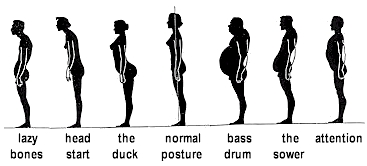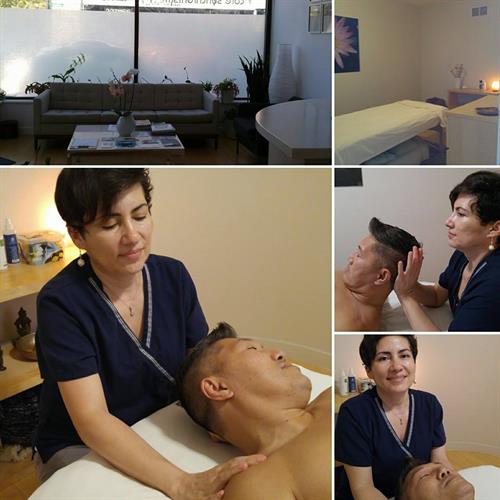
Is this statement true for you? My back is killing me and nothing I do helps.
Proper bio-mechanics demand a lot of things, one of which is a person’s ability to maintain proper muscular length-tension relationships. As is the case with any joint, a postural abnormality and pain can develop when a muscle is tight while it’s lengthened and weak.
The pelvis involves a number of muscles that allow it to tilt anteriorly, posteriorly, and laterally. If a sizable disparity in those length-tension relationships emerges, then pain ranging from nagging low back pain to something more severe, such as piercing or radiating pain in the buttocks and legs can result.
What this could mean for you
- Weakness: Muscle weakness is a common cause of gait difficulty. Weakness can cause problems such as toe drag, foot drop, “vaulting” (a compensatory technique that involves raising the heel on the stronger leg to make it easier to swing the weaker leg through), compensatory hip hike, trunk lean, or circumduction (swinging leg out to the side). Hyperlordosis, Sway back, anterior pelvic tilt
- Spasticity: Muscle tightness or spasticity can also interfere with gait.
- Loss of Balance: Balance problems typically result in a swaying and “drunken” type of gait.
- Sensory Deficit: Some people with MS have such severe numbness in their feet that they cannot feel the floor or know where their feet are. This is referred to as a sensory ataxia.
- Leg length discrepancy
All these can lead to Bad Discs (herniation, degeneration, bulging, slipping discs), Sciatica, and Lower Back Strain. This can be preventable and managed with awareness and change.
Posture and a neutral spine, this can be defined as an absence of tension in the cervical and lumbar spine. The strongest position of the spine and the position least likely to contribute to increased risk of injury or chronic degenerative spinal disease is represented by neutral posture.
Quick Test: Be aware of what a neutral spine feels like for you:
1. Stand up and put both hands on your hips – fingers face forward on the front of your hipbone and your thumbs face back on the back of your hipbone. It may help to do this with your back against a wall.
2. Roll your hip so that your thumbs come downward in back. Fingers rise in front. Feel that your hip is no longer tipped down in front. You should even no forward or back tilting. The large space between lower back and the wall becomes a smaller space.
3. This movement reduces a too-large lower back arch and returns your spine to neutral spine. When you walk away from the wall, keep the new neutral spine position.
Supportive therapy to restore your back: Therapy for the source that causes back pain
References
Strength gains through lumbar lordosis restoration
Anatomical leg length inequality, scoliosis and lordotic curve in unselected clinic patients.
